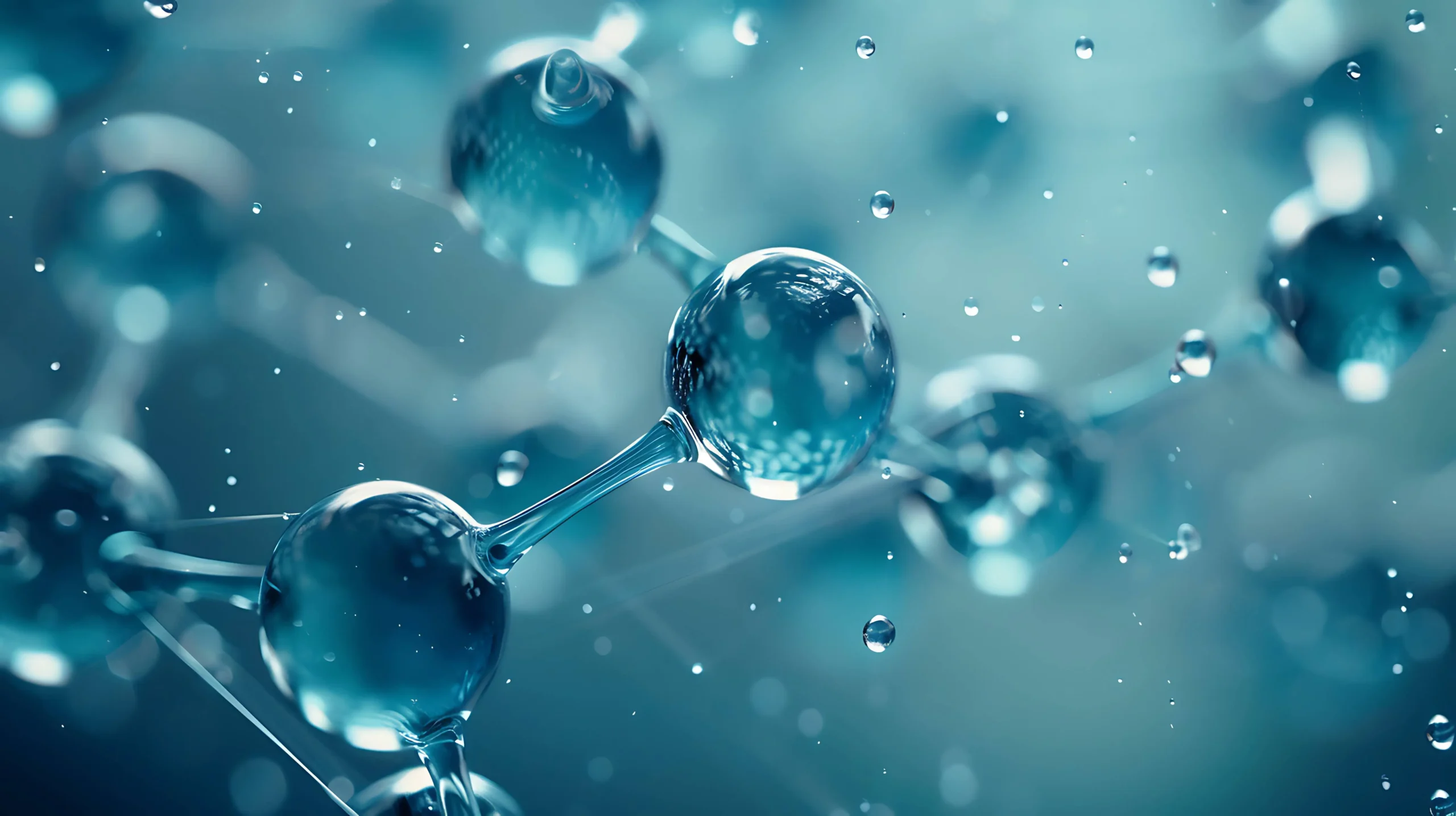Can you imagine living in a world where medical treatments don’t just manage symptoms but actually regenerate damaged tissues and restore lost function? Stem cell therapy is making this vision a reality across a variety of conditions, bringing hope to patients with once-untreatable illnesses. Stem cells, often referred to as the body’s building blocks, can develop into many different cell types, which makes them a powerful tool for healing.
What Are Stem Cells?
Stem cells retain exceptional properties that make them unlike any other cell in the human body. These cells can renew themselves through division and develop into specialized cell types, from nerve cells to muscle cells. This remarkable ability makes them highly sought after for regenerative cell therapy medicine, which aims to heal or replace damaged tissues.
Three main types of stem cells are currently in use:
- Embryonic Stem Cells (ESCs): These are derived from early-stage embryos and have the potential to become any cell type in the body.
- Adult Stem Cells (ASCs): Found in various tissues, they work to repair and replace cells in the organs where they reside.
- Induced Pluripotent Stem Cells (iPSCs): These are adult cells that have been genetically reprogrammed to behave like embryonic stem cells, offering an alternative for creating patient-specific treatments.
These extraordinary cells open up a world of possibilities for healing. But how do they work?
How Does Stem Cell Therapy Work?
Stem cell therapy concerns extracting stem cells from the patient or a donor and introducing them into the body to repair damaged tissues. One common approach is the use of Mesenchymal Stem Cells (MSCs), which are known for their capacity to lessen inflammation and promote tissue regeneration. These cells can transform into the specific types of cells needed to restore function, making them ideal for treating conditions like arthritis, cardiovascular disease, and more.
Additionally, IV stem cell therapy allows stem cells to be delivered directly into the bloodstream, ensuring they can travel to various areas of the body in need of repair. This method is particularly effective for systemic conditions such as autoimmune disorders and neurodegenerative diseases, offering a holistic approach to healing and rejuvenation.
One of the most exciting developments in this field is the use of gene-editing tools like CRISPR to modify stem cells. By removing harmful mutations or inserting beneficial genes, scientists can make stem cells more effective for specific treatments, providing a highly targeted and personalized approach to therapy. These modifications could make stem cell therapy even more powerful, opening doors to treatments for genetic diseases and other conditions once considered untreatable.
Printing a New You with 3D Bioprinting
Now imagine this: scientists can actually print replacement parts for your body. It’s not science fiction—it’s happening right now, thanks to advancements in 3D bioprinting. Using a special printer known as ITOP (Integrated Tissue and Organ Printing), researchers have been able to create functional human tissues such as sections of jawbone, muscle, and even an ear.
Here’s how it works: layers of biodegradable scaffolding are printed and then seeded with stem cells. Over time, the stem cells grow and develop into fully functional tissues. These tissues even contain microchannels, allowing blood and oxygen to flow through them—just like in naturally formed tissues. This technology could one day eliminate the need for organ donors, allowing us to print custom-made organs tailored to each patient.
Stem Cells and the Fight Against Cancer
Cancer has long been one of the most challenging diseases to treat, but stem cell therapy is offering new hope. Scientists are now engineering stem cells using gene-editing technologies like CRISPR to create cells that can recognize and fight cancer. By modifying immune cells to better identify cancer cells, researchers have developed treatments like CAR-T cell therapy. These engineered cells specifically target and attack cancerous cells, effectively bypassing the ways cancer often evades the immune system.
This targeted approach is already showing promise in clinical trials, offering patients new treatment options and potentially long-term remissions. With continued development, this technology could become a standard part of cancer treatment in the near future.
Repairing Nerve Damage with Stem Cells
One area where stem cell therapy is making huge strides is in treating damage to the nervous system. Injuries to the spinal cord or brain, as well as neurodegenerative diseases like Parkinson’s and multiple sclerosis, are notoriously difficult to treat because nerve cells don’t regenerate like other tissues in the body.
Stem cells, however, can help repair these damaged nerve cells. In early clinical trials, patients with spinal cord injuries have seen improvements in mobility and sensation following stem cell treatments. By substituting lost or damaged neurons, stem cells may one day offer a way to heal the nervous system, providing hope for people living with chronic injuries or degenerative diseases.
Restoring Vision: A Glimpse into the Future
Stem cell therapy is also transforming the way we treat vision loss. In a remarkable study, researchers at UC San Diego removed cataracts from children and activated the stem cells in their eyes, encouraging them to grow new lens tissue. The results were incredible—the children’s vision improved as their natural lenses regenerated.
And that’s not all. Scientists are also experimenting with using stem cells derived from iPSCs to grow new corneal tissue. In animal models, these lab-grown corneas have successfully restored vision in blind rabbits. These breakthroughs offer a glimpse of a future where stem cell therapy could reverse blindness, allowing millions of people to regain their sight.
Boosting the Immune System with Stem Cells
Autoimmune disorders, where the immune system wrongly attacks healthy tissues, can be difficult to manage with traditional treatments. Stem cells are offering a promising new way to tackle these conditions by “resetting” the immune system.
Patients with autoimmune diseases like lupus, rheumatoid arthritis, or multiple sclerosis have already seen improvements after receiving stem cell treatments. By reintroducing healthy, functioning immune cells, stem cell therapy can modulate the immune system, reducing inflammation and halting the progression of these diseases. This could offer a whole new way to manage chronic autoimmune disorders.
Additionally, stem cells can rejuvenate the immune system in older individuals or patients who have undergone treatments like chemotherapy. By replenishing lost immune cells, stem cell therapy could help boost overall health and longevity.
Tracking Stem Cells with MRI Technology
One challenge of stem cell therapy has been tracking where the cells go after they’re injected into the body. Researchers at the University of California, San Diego, have developed a novel technique for monitoring stem cells in real-time using MRI. They created a fluorine-based chemical tracer that the stem cells absorb, and this tracer produces a bright signal that can be easily detected with MRI.
This technology provides a window into how stem cells move, where they settle, and how they integrate into the tissue.
Takeaway
From healing chronic conditions to restoring lost functions, the science of stem cells continues to push boundaries and redefine what’s possible in healthcare. Whether you’re looking for advanced services for nerve damage, exploring cancer therapies, or curious about how stem cells can boost your immune system, the potential is immense.
At The Re Clinic, our team offers cutting-edge solutions that harness the power of stem cells for a range of conditions. Ready to take the next step toward transformative healing? Contact The Re Clinic today to explore personalized stem cell therapy options designed to help you achieve optimal health and vitality.






